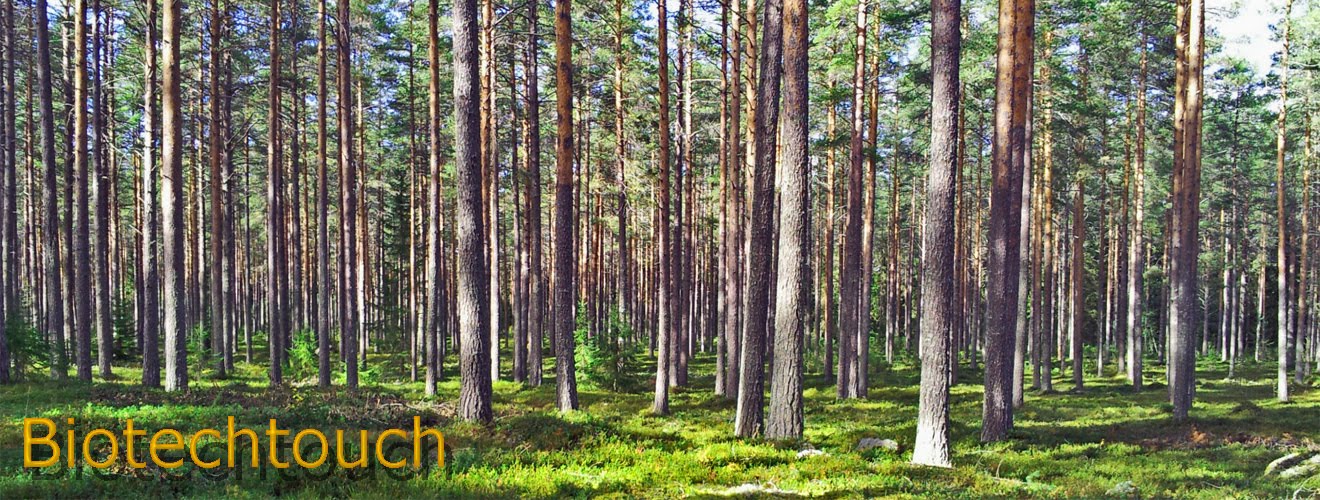SOURCE: http://energyeurope.dk/en-GB/Energy-Europe-Home.aspx
The global renewable energy market is evolving rapidly. And indeed, more people, companies, organizations and communities are going renewable. Last summer we were looking at the green technology and bioenergy outlooks in Spain. Agriculture and waste management opens new avenues for companies willing to invest in bioenergy.
The website http://www.renewableenergyfocus.com/ provides valuable information about the olive oil potential in Spain.
Olive oil production residues do provide and interesting source for the Southern regions. Widely used throughout the Mediterranean and beyond for cooking olive oil, or its residues are also an important bioenergy source.
Across mainland Spain's southernmost region – the world's most important olive producing area – olive groves cover more than 1.4 million hectares. The vast majority of these groves produce olives for oil.
Yet Spain's own liquid gold has more than just gastronomic value. Energy professionals point out that the olive crop generates biomass with a fuel value of 1.3 million tonnes of crude oil per year as a by-product. It is an eye-catching figure in a country that imports about 99.5% of its oil and natural gas.
There is nothing new about olive power in these parts. Some rural homes have traditionally used olive wood cuttings to fuel domestic fires. The energy-rich olive stones left once the pulp has been extracted have also been used to power boilers.
However over the last 15 years there has been a move towards a much more comprehensive use of olive residue as a bioenergy source. In 1995 the first plant powered by olive residue opened in the province of Cordoba, in central Andalucía.
Now there are 15 power stations in Andalucía using olive biomass, generating 164 MW bioenergy per year, according to Maria José Colinet, Director of Renewable Resources and Energy Infrastructures at the Agencia Andaluza de la Energía (Andalucian Energy Agency).
And a further three are due to come online with a combined power of 21 MW, Colinet says. And despite the recession, which has struck Spain hard, she says that there are still a “large amount of investment proposals coming through”.
In May 2013 for the first time the trade fair Energy Europe will be taking place in Denmark.
Energy strategy 2050
"The 20th century was largely driven by access to cheap and plentiful coal, oil and gas. However, in the 21st century we will have to find other means of satisfying our energy needs"
Danish Ministry of Climate, Energy and Building
The reasons are many: The results are conclusive
Interest in the usage of renewable energy has grown immensely especially in the north and east of Europe. Many European countries have made vast funds available, for the conversion to these new resources.
The trade fair Energy Europe will meet the Scandinavian and eastern European industries but also their governing bodies, opening up trade with the booming Wind – Solar and Bio-energy markets.
The organizers estimate between 10.000 - 15.000 Visitors
Denmark is well known as a very climate friendly country with its many various energy companies. The ”Bella Center” - a modern trade fair and congress centre in Copenhagen - is the perfect place to present this yearly international event.
Approximately 400 worldwide renewable energy companies from more than 10 nations will be on show, thereby covering the new generation and usage of renewable energy diminishing our dependency on “fossil fuels” thereby cutting energy costs and increasing the economy.


No comments:
Post a Comment